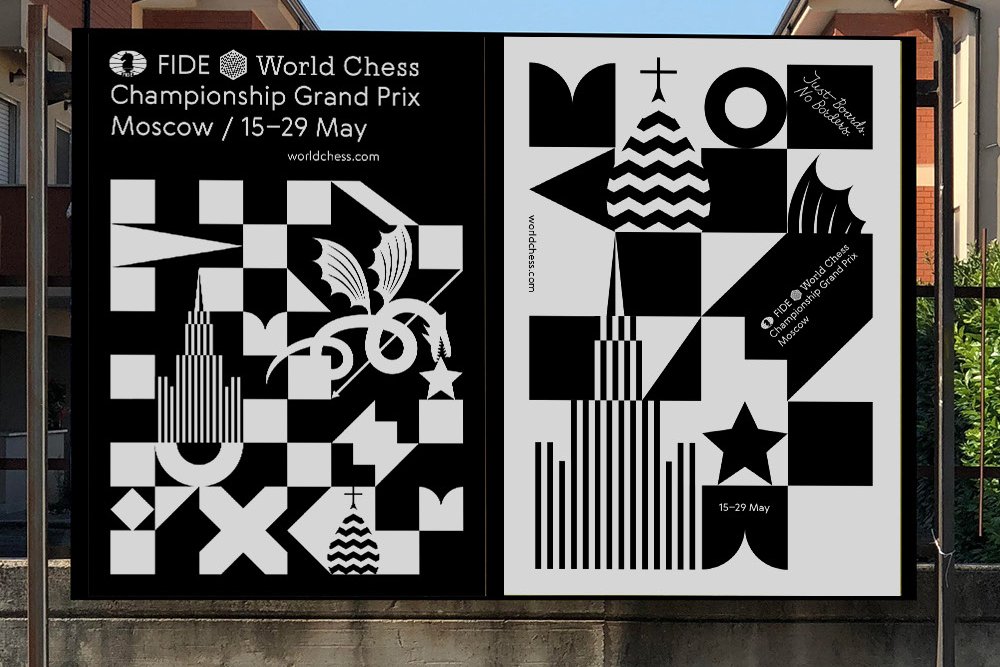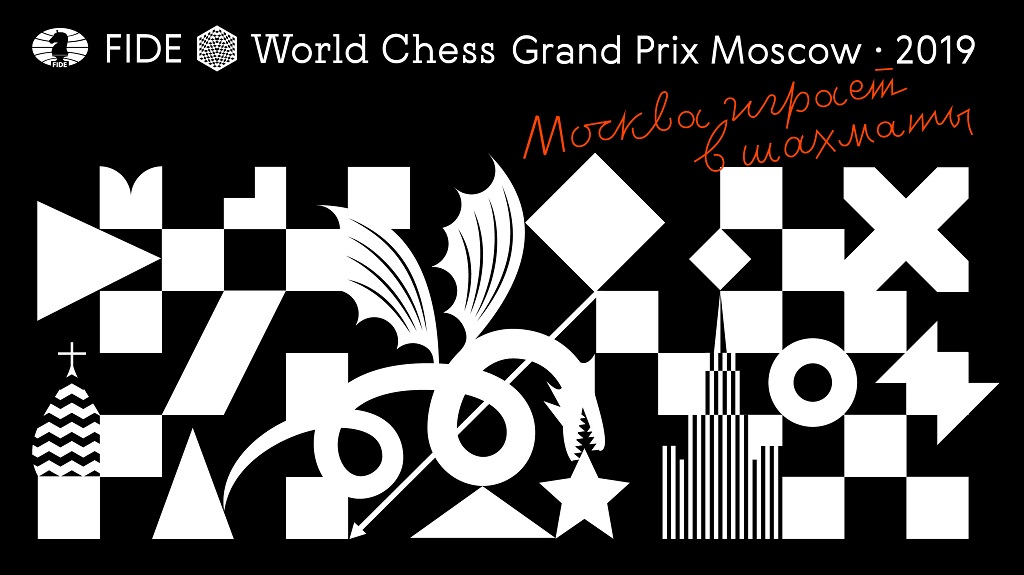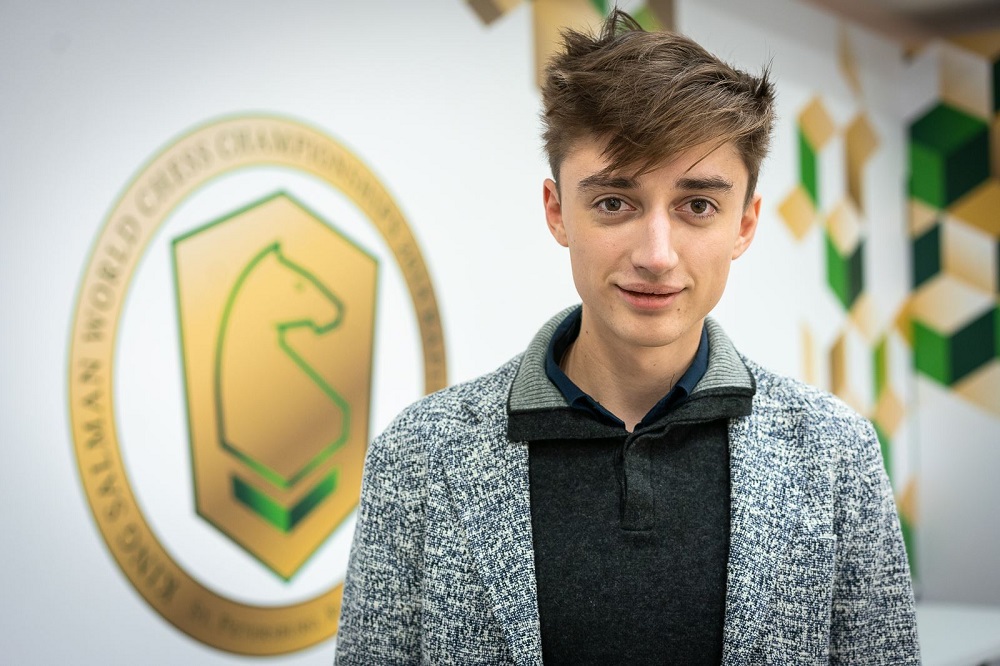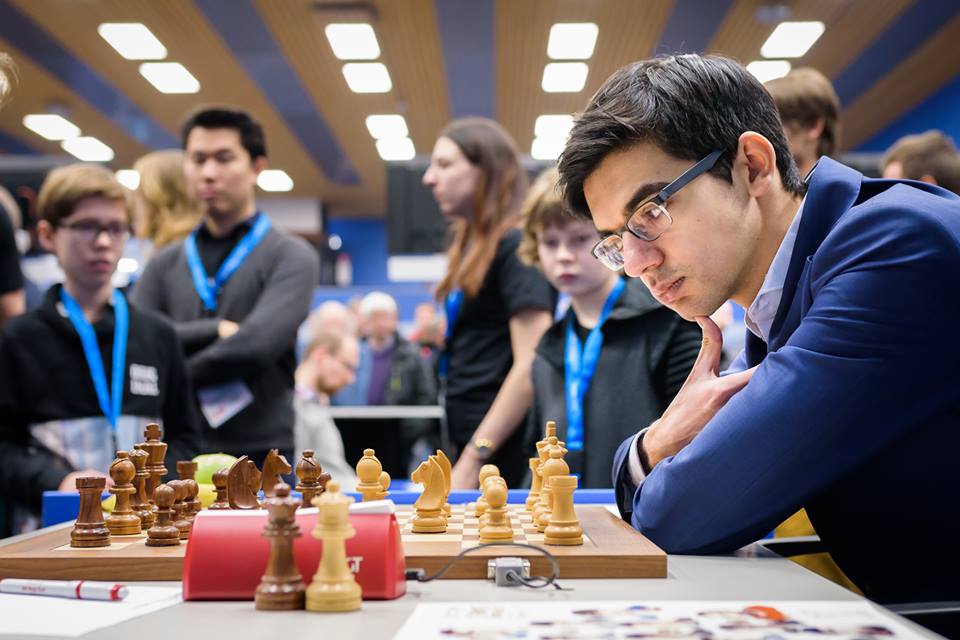


Four editions of the Grand Prix series have been played since 2008. The last ones lost traction, though, as the players realized that using a safe strategy was a good bet in terms of getting one of the qualifying spots to the Candidates. Also, the prize fund was seriously lowered in the 2014-15 edition, so trying to get a good result in individual events did not motivate the players either — as mentioned, pretty much the only upside of taking part was to get to the Candidates.
Therefore, the newly elected FIDE administration decided to enact serious modifications. Each of the four tournaments of the series this year will be a 16-player knock-out event with a prize fund of 130,000 Euros, while an additional 280,000 Euros will be allocated for the overall Grand Prix standings.

"The idea of the symbols is to break away from clichés", explains World Chess
Each round, the players will fight over two classical games, with a time control of 90 minutes for 40 moves plus 30 minutes until the end of the game and a 30-second increment from move one.
In case of a tie, best-of-two matches will take place while the tie is unbroken — first with a time control of 25'+10'', then 10'+10'', and finally 5'+3''. If a winner has not emerged, the players will go to an Armageddon game, with 5 minutes for White and 4 minutes for Black (a 2-second increment will be used from move 61), with Black having draw odds.
The players will receive Grand Prix points as follows:
| Round | Grand Prix points |
| Winner | 8 |
| Runner-Up | 5 |
| Semi-final loser | 3 |
| Round 2 loser | 1 |
| Round 1 loser | 0 |
| Each match won without a tie-break | 1 |
Notice how implementing a risky strategy during the classical games is being rewarded. If a player, for example, goes through rounds one and two without the need of tie-breaks, he will get as many points as the runner-up if the latter has got to the final through tie-breaks in all three first rounds.

The Central House of Chess Players in Moscow | Photo: Vladimir Boiko
The first leg of the Series will be played at the Central Chess Player's House, a historic building of Russia's capital. No less than seven players from Russia are playing in the Grand Prix (the maximum amount of players any other country counts with is two), with all seven of them set to play in Moscow.
The schedule looks as follows:
May 17-18 – Round 1 (May 19 – Tie-break)
May 20-21 – Round 2 (May 22 - Tie-break)
May 23-24 – Semi-final (May 25 – Tie-break)
May 27-28 – Final (May 29 – Tie-break)
May 26 is a rest day.
The games start at 15:00 local time and will be broadcast live at worldchess.com.
All qualifiers to the Series were selected by rating, taking into account the official lists from February 2018 until January 2019. Five players declined their invitations — Magnus Carlsen and Fabiano Caruana (already 'qualified'), Vladimir Kramnik (retired after the 2019 Tata Steel Masters), Ding Liren and Viswanathan Anand. All five top reserves gladly accepted to take part: Radoslaw Wojtaszek, Wei Yi, Jan-Krzysztof Duda, Pentala Harikrishna and Nikita Vitiugov. The organizer's nominee is Daniil Dubov.

Daniil Dubov has a chance to qualify to the Candidates | Photo: Lennart Ootes
The biggest absentees rating-wise in the first leg will be Maxime Vachier-Lagrave and Yu Yangyi, who will naturally play in all three other events during the year (Riga, Hamburg and Tel Aviv).
Thus, the line-up for Moscow looks as follows:
*In each event, the first four seeds will be placed into different quarters of the draw, and the remaining starting positions will be decided by drawing of lots at the opening ceremony. The drawing of colours will also be conducted during the same ceremony.

The top seed in Moscow, Anish Giri | Photo Alina l'Ami
| Advertising |